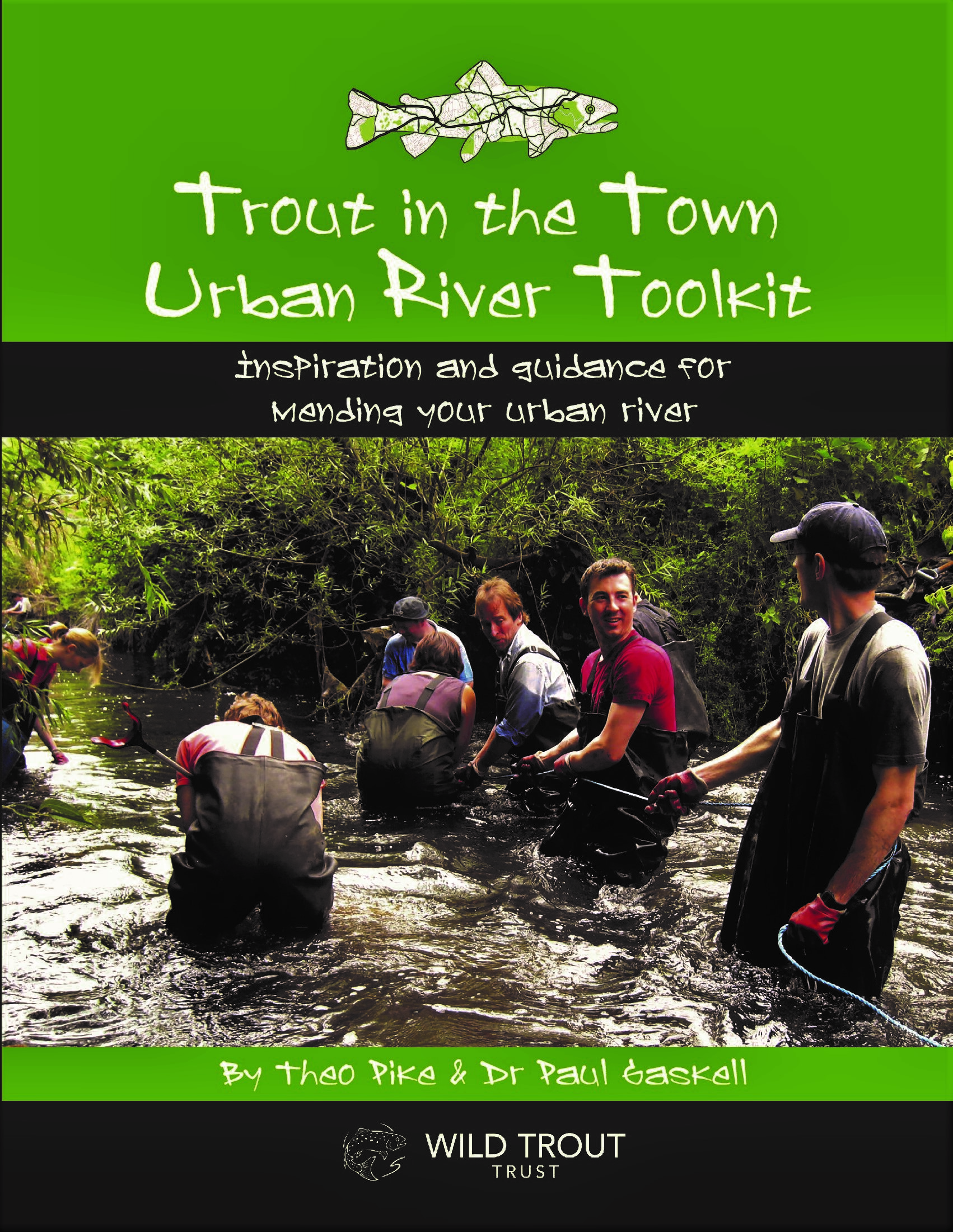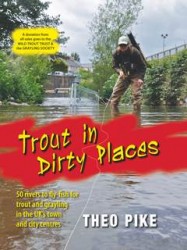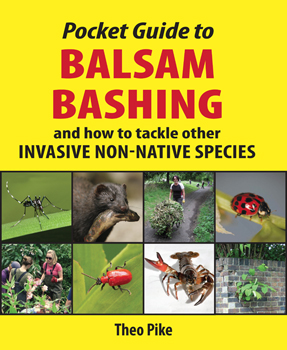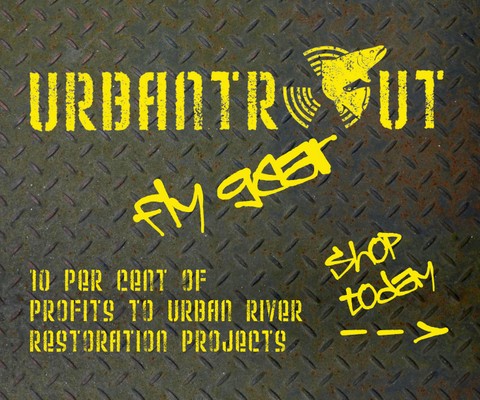Sometime during the winter of 1969-70, the Telegraph’s columnist ‘Peter Simple’ walked the length of south London’s River Wandle and recorded his experience in the paper’s Way of the World column.
At that time, the Wandle was enduring some of its darkest days, officially classified as an open sewer. But unlike so many of Peter Simple’s exaggeratedly comic and satirical creations, this little-known account entitled Up the Wandle has the absolute ring of historical truth:
The ascent of the River Wandle, from its disemboguement into the Thames at Wandsworth to its source on the heights of Croydon is a journey seldom achieved, let alone attempted.
On a winter Sunday not long ago, with only a single companion and without native porters or any equipment apart from stout boots and a knapsack, I set out on this perilous journey.
Watched by a group of bystanders near the ‘Crane’ public house (the base from which most explorers have started) the expedition set off beside the Wandle’s dirty flood and was soon lost in the strangeness of South London.
A mysterious jumble of anachronisms: factories, some brand-new, some mouldering and half-derelict; a decayed, Pooterish villa overshadowed by an enormous towerblock; terraced cottages, some painted in the dull vermilion favoured in these parts; a child’s face pressed to door-panels of many-coloured glass, changing at will the colours of the miniature park beside the stream.
Then a sewage-works; a whole suburb of semi-detached houses full of Sunday car-washers; another, larger park where dogs raced about and an old caretaker emerged slowly from a white-boarded house beside the already smaller, rippling but still filthy stream.
A caravan-site, with dirty-faced children and whippets, in the middle of a brand-new housing estate; a sinister, windowless villa surrounded by scrapyards and industrial waste beside rusty perambulator-infested water; a few pre-fabs peering from stunted trees.
So on to the mysterious source, which our maps – admittedly inaccurate – showed as an islanded lake in a small park on the confines of Croydon itself. It was already dusk when we reached it: gigantic cooling towers loomed ahead; a vast industrial plant, all twisting pipes and retorts of shining, iridescent aluminium, hummed and steamed strangely in the failing light; a single pensioner paced the wintry paths.
But the Wandle itself had disappeared down a concrete culvert full of nameless rubbish. There was no lake, no island, no bubbling spring in nereid-carved stone basin. There was only a solitary, inexplicable white-painted pillar with a locked door. But none of my keys would fit.
We stood for a moment in the deepening twilight, overcome by timeless mystery, then turned for home.
There are plans, I see, this being Conservation Year and all, to ‘clean up’ parts of the Wandle, to make it more acceptable to official ideas of tidy scheduled amenity.
Surely the genius of this London stream will resist the profanation, guarding its now-accustomed squalors, its effluent-poisoned waters, its mysterious urban poetry, as once it guarded its sparkling, rural, trout-filled pools in vain?
40-something years on… is it our imagination, or is there an elegiac echo of Ruskin’s plaintive ‘work never given’ in his final paragraph?
Fortunately, we know how all that turned out…
(Source: The Telegraph)




